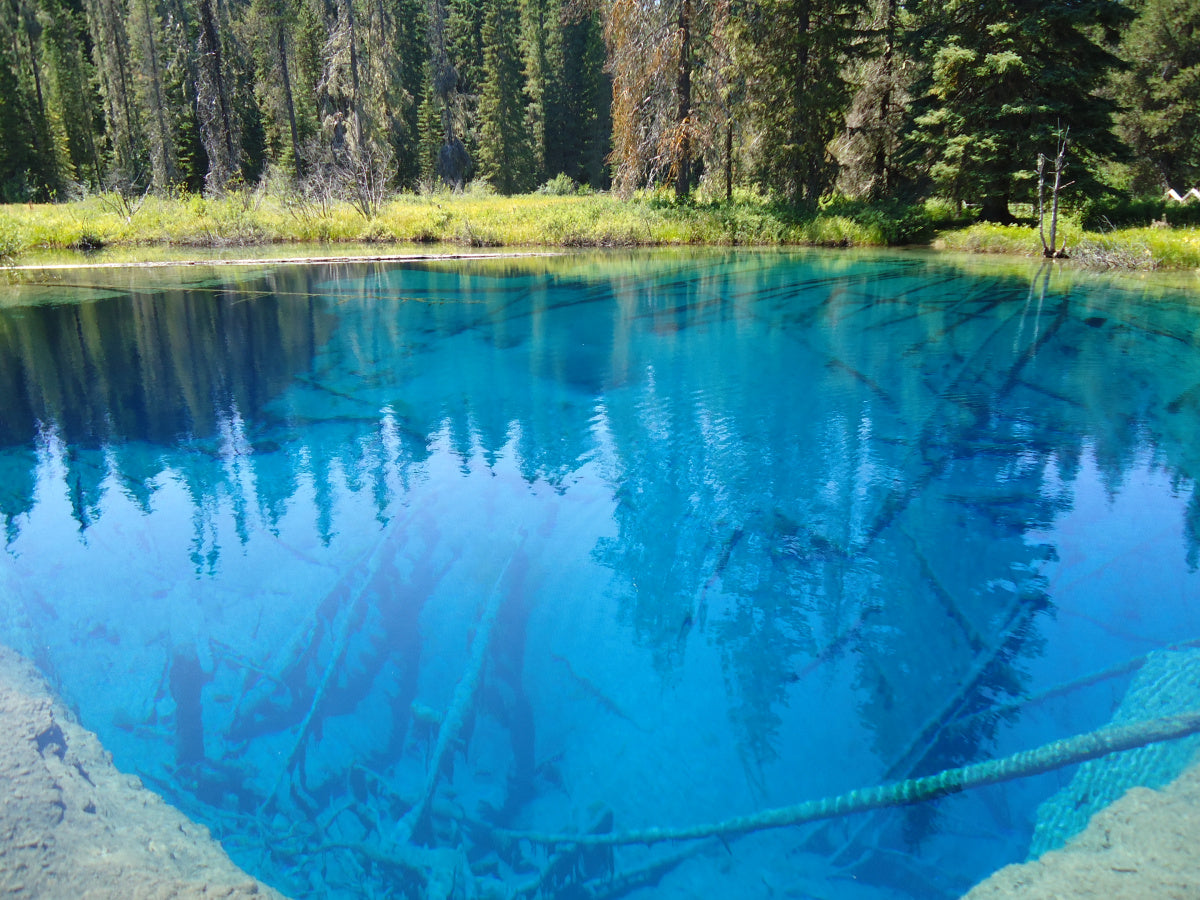
Trout Need to See it to Eat it - How to Choose Fly Patterns Based on Water Color & Clarity

(This article follows up the previous article titled “Do You See What I See”, published in April of 2014. For an introduction to understanding and exploiting trout vision, take a moment and check out the previous article at http://ascentflyfishing.com/blog/do-you-see-what-i-see/)
The world of trout is constantly changing from month to month, and sometimes even from hour to hour. An afternoon thunderstorm or release from a mountain reservoir can quickly turn the clear water of a stream into something more resembling chocolate milk, while long summer days will see lowland lakes taking on the appearance of pea soup as algae fills the water column. The challenge then to the fly fisher, no matter how adept they are in matching the hatch, is choosing fly patterns that are visible to the fish through the constantly changing water clarity. Simply put, if the fish can’t see your flies, they aren’t going to eat them.
Flies are visible to trout when light reflects from their surface, creating a sharp profile that stands out against the algae and stone colored world of trout. The color that is perceived by the trout corresponds with the wavelength of light that reflects from its surface (i.e. the color red is perceived as red light, which shines from the body of a red copper john while the rest of the color spectrum of orange, yellow, green, cyan, blue, & violet, the light is either absorbed by the water or absorbed by the fly.) To choose the best color and to ensure that our flies maintain a sharp profile, we need to take into account both the clarity and color of the water.
Water clarity is defined as how far you can see in the water. In water with high clarity, fish might see an approaching fly or streamer from 20 feet away, while in muddy or stained water with low clarity, flies may only be visible from several inches away. The clarity of the water is dependent both on the color of the water and the amount of sediment (dirt, sand, or algae) suspended in the water. Water color can vary from an aqua blue due to the leaching of minerals in rocks, to the rusty red color of a beaver pond created by decaying wood and vegetation.
When fishing different colored waters, the color of that water indicates colors that will be most visible to the trout. In the reddish brown waters of a beaver pond, it will be the red and orange flies that stand out sharply to the trout, while the green, blue, and violet light that would define other flies is absorbed by the water. In waters stained green by algae, it will be the chartreuse green flies in your box will pop out to the eye of the trout, capturing and reflecting in turn the green wavelengths of light as they bounce off of the algae while all other color spectrum is absorbed.
In waters clouded by dirt and sand, be they washed into the river by a storm or dredged from the riverbed during runoff, it will be dark colors and pieces of flash that will help your patterns to stand out to the trout. The black body of a slumpbuster will absorb all available light in the water column, creating a stark profile, while the silver belly creates a slight halo of reflected light to draw the trout in for a strike.
So don’t let green waters or runoff turn you away from the river. Match the color of the water with your flies and get dark when things get dirty, and you will catch fish!




